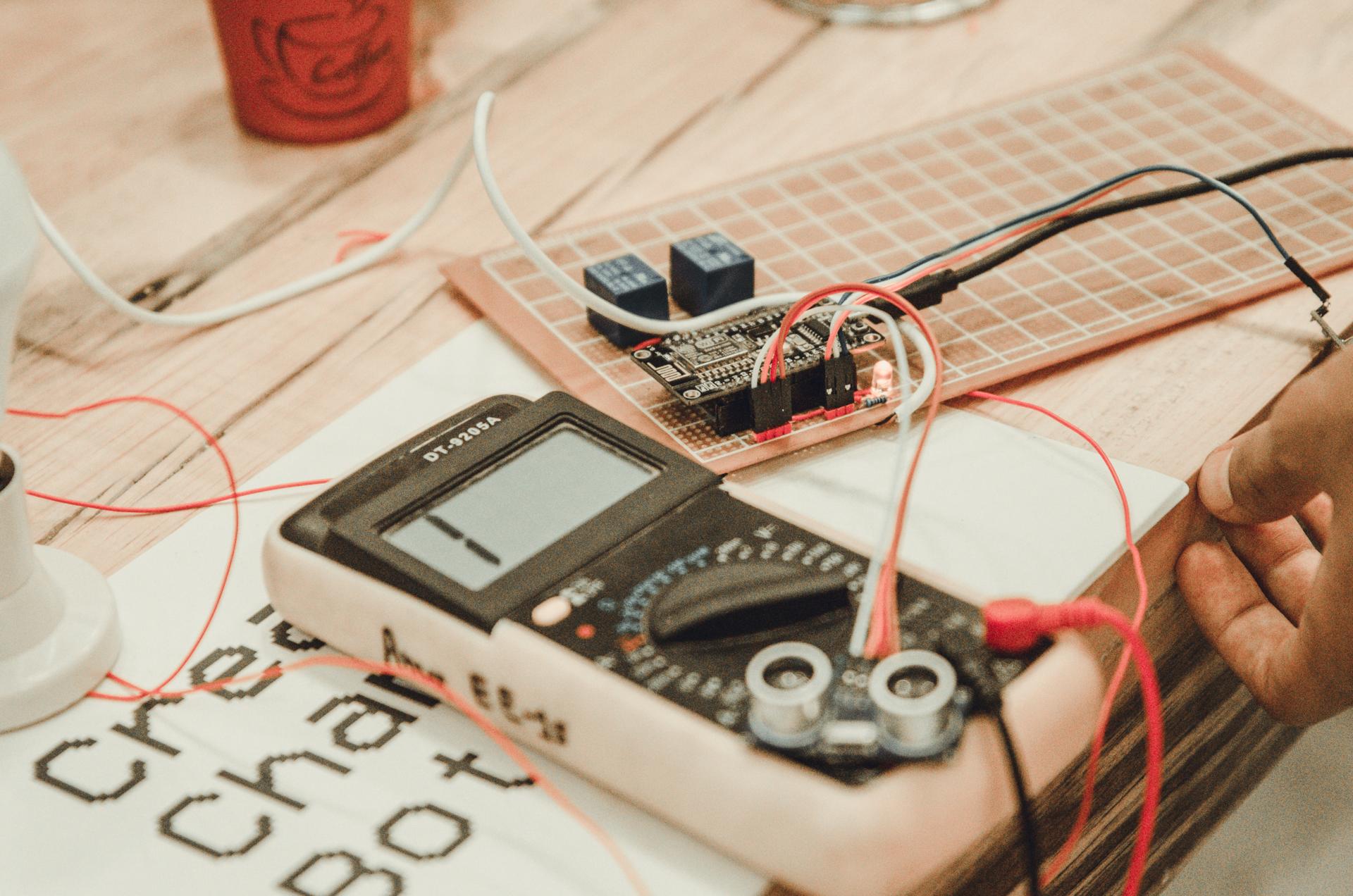Electric Safety Testing in Your Home: What You Need to Know

When it comes to home safety one of the primary areas to consider is electrical safety. Electrical safety testing is the process of evaluating the electrical system in your home to ensure that it is safe and in compliance with the latest standards. In this article, we’ll provide you with information on what the electrical safety tests are, the tools will be required for conducting them, how to perform the tests, and what warning signs to be on the lookout for.
What exactly is the definition of an Electrical Safety Test?
A safety test for electrical appliances is the procedure of examining the electrical system within your home to ensure that it is safe and working properly. Electrical safety tests are important as they help to avoid electrical fires and accidents as well as ensure the durability that your electric system has.
Equipment Required to conduct an Electrical Safety Test
To conduct an electrical safety check, you’ll need some essential tools. This includes an electrical voltage tester and a continuity tester circuit tester as well as an outlet tester. A voltage tester can test for live circuits while the continuity tester looks for broken circuits. The circuit tester is used to detect wiring problems and the outlet tester is used to detect wiring issues at the outlets. It is crucial to use the tools correctly in order to obtain precise results.
How do you conduct an electrical Safety Test
To perform an electric safety check in your home, follow these steps:
Switch off the power source on the circuit or circuits you’re testing.
Use the voltage tester to look whether there are live circuits.
Make use of the continuity tester to look the integrity of your circuit.
Utilize the circuit tester to check for electrical faults.
Use the outlet tester to look for electrical problems in the outlets.
During the testing process Be sure to check for any evidence of wear or damage on the wires that could indicate frayed or broken wires, burn marks, and loose wires. If you find any issues you need to fix them as quickly as you can to avoid potential hazards.
The Signs of Electrical Issues to Watch Out for
There are a variety of warning signs that could signal electrical problems in your house. This includes flickering lights and frequent circuit breaker trips, buzzing or crackling sounds emanating from outlets, hot or discolored outlets as well as a burning smell. If you spot any of these warning signs, it’s important to act immediately to prevent any electrical dangers.
Conclusion
Tests for electrical safety are vital for ensuring your safety and your family. By conducting regular tests and taking care to address any issues immediately, you can avoid potential hazards to electrical equipment and extend the lifespan of your electrical system. If you require assistance in electrical repairs or testing Don’t hesitate to reach out to Local Electrician Manly. Our experienced team can give you professional guidance and assistance. Contact us at 1300 610 481 to schedule an appointment or to request a quote.
FAQ Section
How often should I do an electrical safety test in my home?
We suggest conducting safety tests for electrical equipment at least once a year.
Can I conduct the electrical test on my own or do I need a professional?
While you can perform the electrical test by yourself however, it’s advised to employ an expert to ensure the accuracy of results and to avoid any potential dangers.
Which are the top common electrical problems that can be found in an electrical safety check?
The most frequently-repeated electrical issues discovered during a safety check are malfunctioning wiring, overloaded circuits, and outdated electrical systems.
What should I do if discover a problem during the electrical safety check?
If you discover a problem during the electrical safety test it is important to act immediately. This may include getting a professional electrician to address the issue or replacing the equipment that is malfunctioning.
